Serbian government, IMF reach agreement
National Bank of Serbia (NBS) Vice Governor Ana Gligorijević said Wednesday Serbia would not draw International Monetary Fund (IMF) funds for now.
Wednesday, 16.11.2011.
10:15

National Bank of Serbia (NBS) Vice Governor Ana Gligorijevic said Wednesday Serbia would not draw International Monetary Fund (IMF) funds for now. She said that following the completion of the IMF’s first review under the precautionary loan arrangement with Serbia, the country had the right to draw EUR 190mn out of the EUR 1.1bn total drawing rights. Serbian government, IMF reach agreement Gligorijevic told a press conference that Serbia would only draw the EUR 190mn in case the country's financial stability was seriously threatened. “The country's year-on-year inflation rate has started falling in May this year, dropping to 8.7 percent in October,” she said, adding that the declining trend would continue and that inflation was expected to retreat within the target band of 4.5 percent plus or minus 1.5 percentage points in the first quarter of 2012. “Inflation will continue down as good results have been achieved in the agriculture sector and because regulated prices, controlled by the government, are expected to remain stable,” Gligorijevic pointed out. Speaking about the country's financial system, the vice governor said that the IMF delegation pointed to the rise in foreign exchange reserves and banking sector liquidity as the strongest components of the Serbian monetary system. “The base interest rate was cut by 225 basis points in 2011 to the current 10 percent,” she said, adding that, depending on movements in the fiscal and monetary spheres, next year might see interest rate relaxation. The agreement between the IMF and the Serbian government envisages a deficit target of 4.25 percent of GDP in 2012 , the government released in a statement on Wednesday. Finance Ministry State Secretary Dusan Nikezic told a press conference that the deficit target was below the legal minimum, which was the first significant austerity measure. He stressed that GDP should go up by two percent in 2012, whilst the economic expansion will be lower - 1.5 percent, due to a decline in economic activities in the euro zone. Nikezic pointed out that the Serbian government and the National Bank of Serbia (NBS) pursued a responsible economic policy which would enable the maintenance of macroeconomic stability. The IMF representative who headed the mission in the talks, Mark Allen, expressed satisfaction with the agreement and said he expected that the Serbian government would realize the envisaged budget deficit. Allen said that the public debt should remain below 45 percent of GDP, and added that the government would take steps to reduce the debt. According to him, inflation in Serbia was slowing and the financial system was well-capitalized. He voiced belief that NBS would manage to ensure stability of the financial system. The talks between the Serbian government and the IMF mission, which are part of the first quarterly review of the results achieved in the implementation of the precautionary agreement, started in Belgrade on November 3. The official talks began on Wednesday by a plenary meeting at the National Bank of Serbia, and on the same day the IMF mission met with Prime Minister Mirko Cvetkovic. The arrangement approved on September 29, in the amount of 935.4mn SDRs (special drawing rights) equivalent to approximately EUR 1.1bn, was signed out of precaution i.e. with no intention of using the funds except in case of balance-of-payment difficulties.
Serbian government, IMF reach agreement
Gligorijević told a press conference that Serbia would only draw the EUR 190mn in case the country's financial stability was seriously threatened.“The country's year-on-year inflation rate has started falling in May this year, dropping to 8.7 percent in October,” she said, adding that the declining trend would continue and that inflation was expected to retreat within the target band of 4.5 percent plus or minus 1.5 percentage points in the first quarter of 2012.
“Inflation will continue down as good results have been achieved in the agriculture sector and because regulated prices, controlled by the government, are expected to remain stable,” Gligorijević pointed out.
Speaking about the country's financial system, the vice governor said that the IMF delegation pointed to the rise in foreign exchange reserves and banking sector liquidity as the strongest components of the Serbian monetary system.
“The base interest rate was cut by 225 basis points in 2011 to the current 10 percent,” she said, adding that, depending on movements in the fiscal and monetary spheres, next year might see interest rate relaxation.
The agreement between the IMF and the Serbian government envisages a deficit target of 4.25 percent of GDP in 2012 , the government released in a statement on Wednesday.
Finance Ministry State Secretary Dušan Nikezić told a press conference that the deficit target was below the legal minimum, which was the first significant austerity measure.
He stressed that GDP should go up by two percent in 2012, whilst the economic expansion will be lower - 1.5 percent, due to a decline in economic activities in the euro zone.
Nikezić pointed out that the Serbian government and the National Bank of Serbia (NBS) pursued a responsible economic policy which would enable the maintenance of macroeconomic stability.
The IMF representative who headed the mission in the talks, Mark Allen, expressed satisfaction with the agreement and said he expected that the Serbian government would realize the envisaged budget deficit.
Allen said that the public debt should remain below 45 percent of GDP, and added that the government would take steps to reduce the debt.
According to him, inflation in Serbia was slowing and the financial system was well-capitalized.
He voiced belief that NBS would manage to ensure stability of the financial system.
The talks between the Serbian government and the IMF mission, which are part of the first quarterly review of the results achieved in the implementation of the precautionary agreement, started in Belgrade on November 3.
The official talks began on Wednesday by a plenary meeting at the National Bank of Serbia, and on the same day the IMF mission met with Prime Minister Mirko Cvetković.
The arrangement approved on September 29, in the amount of 935.4mn SDRs (special drawing rights) equivalent to approximately EUR 1.1bn, was signed out of precaution i.e. with no intention of using the funds except in case of balance-of-payment difficulties.



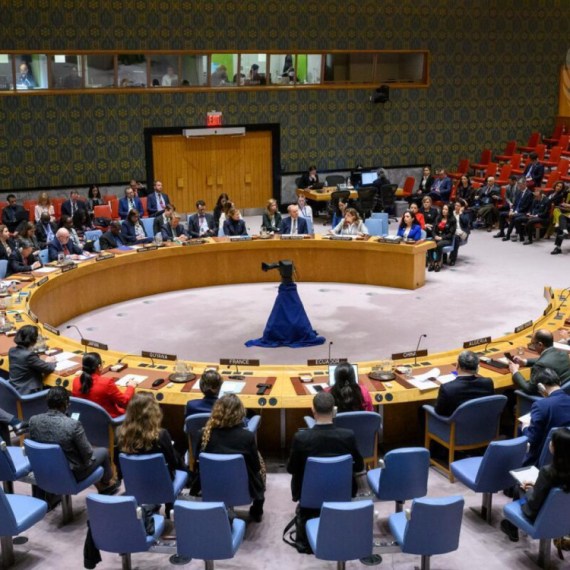

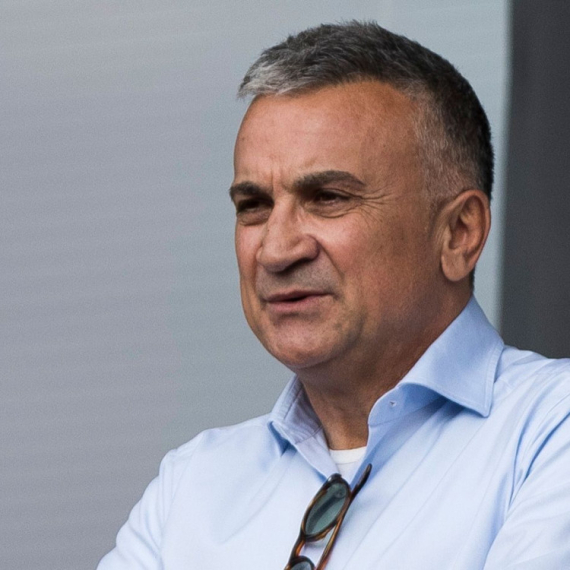




















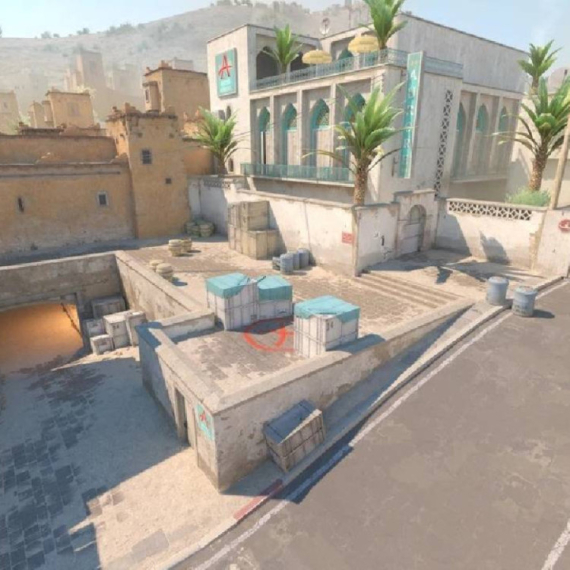





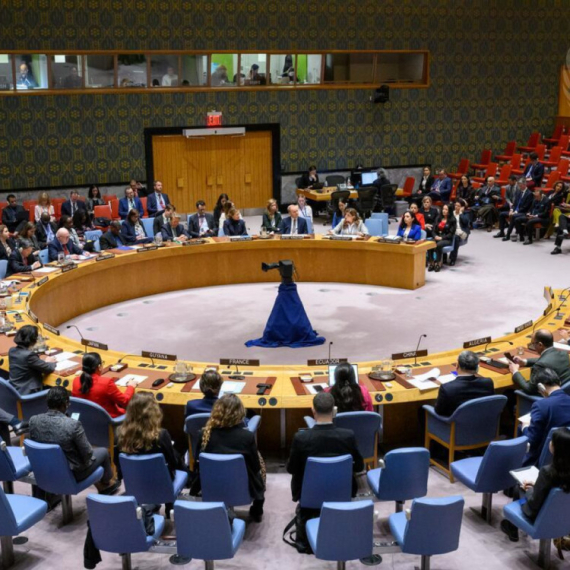
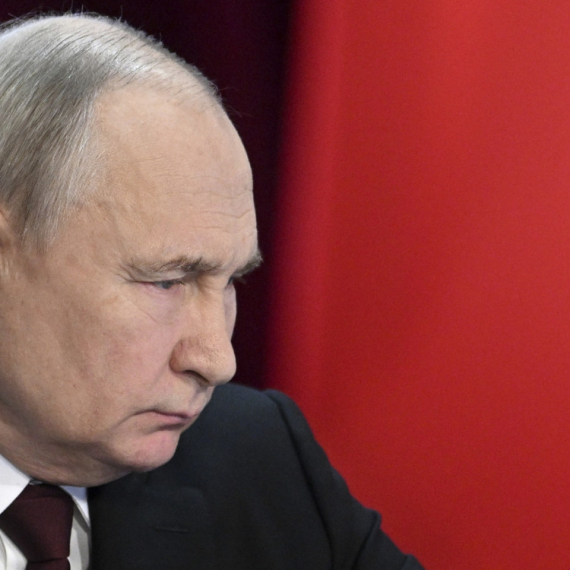

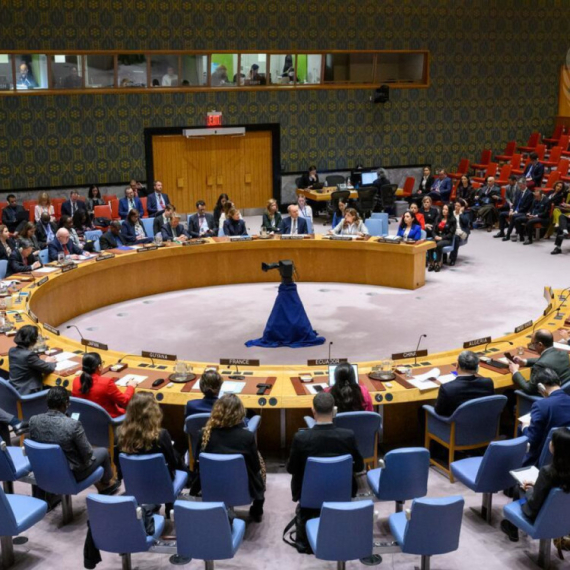










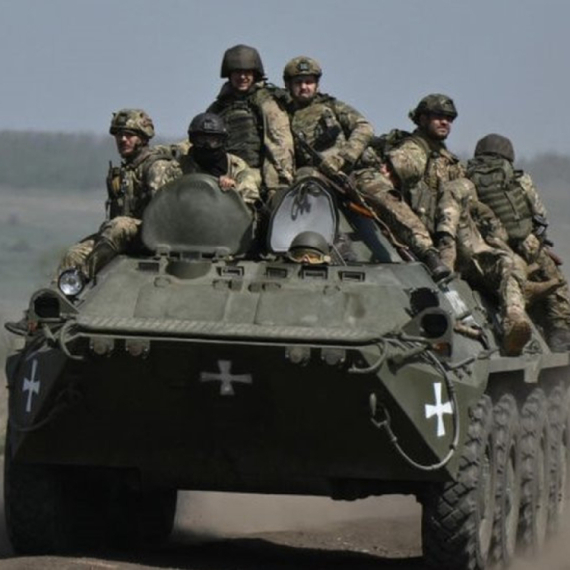





Komentari 1
Pogledaj komentare